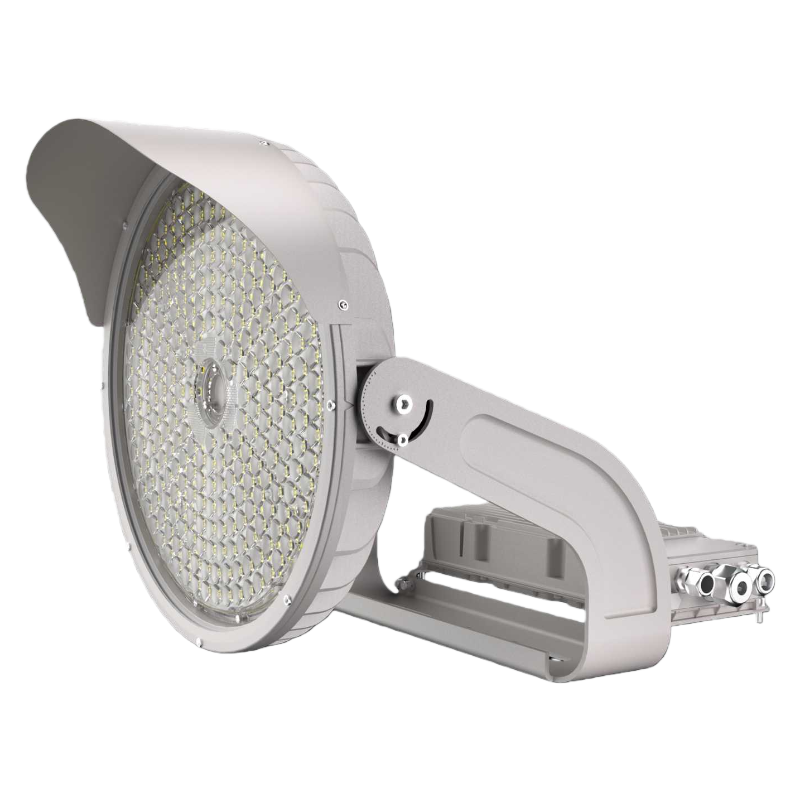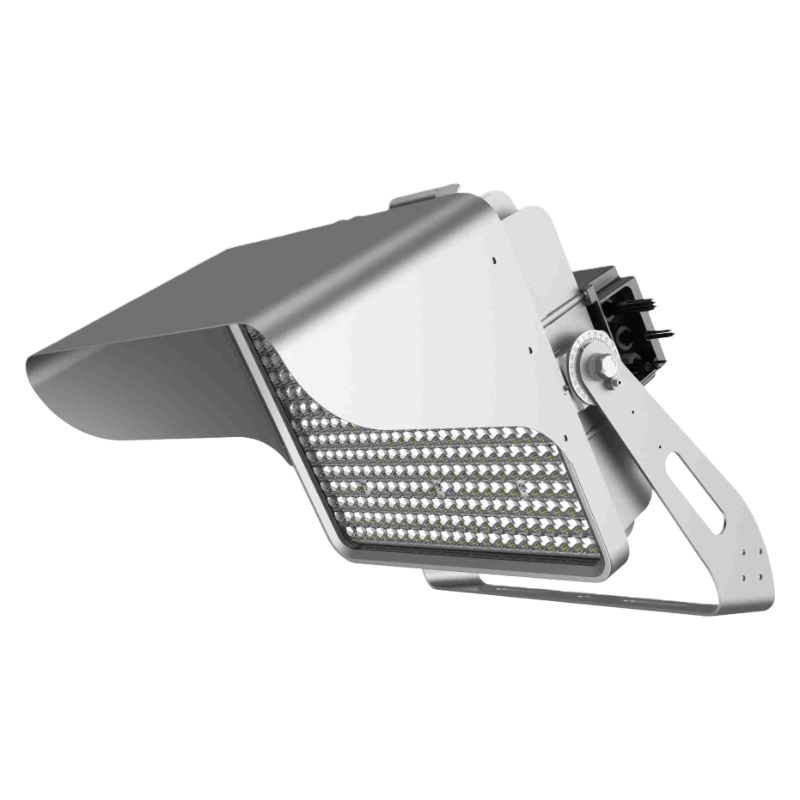Industrial LED Area Lights | Heavy-Duty Outdoor Lighting for Warehouses
Industrial LED Area Lights: The Ultimate Heavy-Duty Lighting Solution for Warehouses
In the fast-paced world of industrial operations, reliable and efficient lighting is not just a convenience—it’s a critical component of safety, productivity, and operational success. Industrial LED area lights have emerged as the gold standard for heavy-duty outdoor lighting, especially in warehouse environments where demands for durability, brightness, and energy efficiency are non-negotiable. Unlike traditional lighting options such as metal halide or high-pressure sodium (HPS) fixtures, modern industrial LED area lights combine cutting-edge technology with rugged construction to meet the unique challenges of warehouses, distribution centers, manufacturing facilities, and other industrial spaces.
Key Features of Industrial LED Area Lights for Warehouses
Warehouse lighting requires fixtures that can withstand harsh conditions while delivering consistent performance. Industrial LED area lights are engineered with these needs in mind, boasting a range of features that set them apart:
-
Heavy-Duty Construction: Most industrial LED area lights feature die-cast aluminum housings and tempered glass lenses, making them resistant to corrosion, impact, and extreme temperatures. They are often rated IP65 or higher for water and dust resistance, ensuring reliable operation even in damp or dusty warehouse environments.
-
High Lumen Output & Efficacy: These lights deliver exceptional brightness—ranging from 10,000 to 50,000 lumens or more—with high efficacy (up to 150 lumens per watt). This means they provide ample illumination for large warehouse spaces while consuming less energy than traditional fixtures.
-
Adjustable Beam Angles: Many models offer adjustable beam angles (from narrow spot beams to wide flood beams), allowing for customized lighting coverage. This flexibility is crucial in warehouses with varying ceiling heights and layouts, ensuring no corner is left in the dark.
-
Instant On/Off & Dimming Capabilities: Unlike HPS lights that require warm-up time, LED area lights turn on instantly at full brightness. They also support dimming (via 0-10V or DALI controls), enabling warehouses to adjust lighting levels based on occupancy or task requirements, further reducing energy costs.
Why Warehouses Benefit from Industrial LED Area Lights
The transition to industrial LED area lights offers warehouses a multitude of advantages that directly impact their bottom line and operational efficiency:
1. Significant Energy Savings
One of the most compelling benefits of LED lighting is its energy efficiency. Industrial LED area lights use up to 75% less energy than metal halide fixtures and last 5-10 times longer. For a typical warehouse with 100 fixtures, this can translate to annual energy savings of tens of thousands of dollars. With rising energy costs, these savings quickly offset the initial investment in LED technology.
2. Reduced Maintenance Costs
Traditional lighting fixtures require frequent bulb replacements and maintenance, which is both time-consuming and costly—especially in large warehouses with high ceilings. Industrial LED area lights have an average lifespan of 50,000 to 100,000 hours, meaning they can operate for 5-10 years without replacement. This drastically reduces maintenance labor and material costs, freeing up resources for other critical warehouse operations.
3. Improved Safety & Productivity
Warehouses are busy environments with forklifts, workers, and heavy machinery in constant motion. Poor lighting increases the risk of accidents, errors, and reduced productivity. Industrial LED area lights provide bright, uniform illumination with high color rendering index (CRI) ratings (typically 80+), which enhances visibility of products, labels, and potential hazards. Studies have shown that better lighting can improve worker productivity by up to 20% and reduce accident rates by minimizing eye strain and improving depth perception.
4. Environmental Sustainability
LED lights are free of toxic substances such as mercury (found in HPS bulbs) and do not emit UV radiation. Their energy efficiency also reduces greenhouse gas emissions, helping warehouses meet sustainability goals and reduce their carbon footprint. Additionally, the long lifespan of LED fixtures means less waste in landfills, making them an eco-friendly lighting choice.
Applications Beyond Warehouses: Versatility of Industrial LED Area Lights
While warehouses are a primary application, industrial LED area lights are versatile enough to serve a range of other heavy-duty outdoor and indoor industrial spaces, including:
-
Distribution centers and logistics hubs
-
Manufacturing plants and assembly lines
-
Parking lots and loading docks adjacent to warehouses
-
Outdoor storage yards and industrial campuses
-
Cold storage facilities (with specialized low-temperature models)
Choosing the Right Industrial LED Area Light for Your Warehouse
When selecting industrial LED area lights for your warehouse, consider the following factors to ensure optimal performance:
-
Ceiling Height: Higher ceilings require fixtures with higher lumen output and narrower beam angles to ensure adequate coverage on the floor.
-
Space Layout: Open floor plans may benefit from wide flood beams, while aisleways or specific work zones may need narrower spot beams.
-
Environmental Conditions: If your warehouse is damp, dusty, or exposed to extreme temperatures, choose fixtures with a high IP rating (IP65 or IP67) and durable construction.
-
Energy Codes: Look for fixtures that meet or exceed local energy efficiency standards (such as DLC or ENERGY STAR certifications) to qualify for rebates and incentives.
In conclusion, industrial LED area lights are the ideal heavy-duty outdoor lighting solution for warehouses and other industrial spaces. Their combination of energy efficiency, durability, and performance not only reduces operational costs but also improves safety and productivity. By investing in high-quality industrial LED area lights, warehouses can future-proof their lighting systems and gain a competitive edge in today’s demanding industrial landscape.











